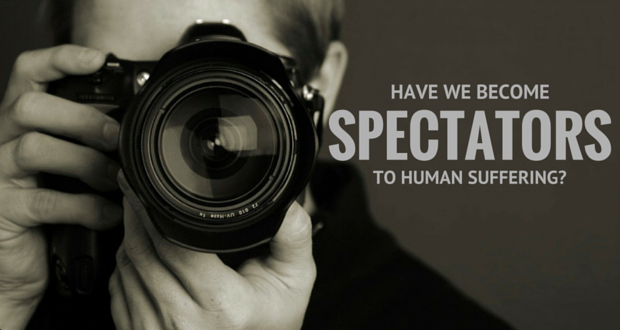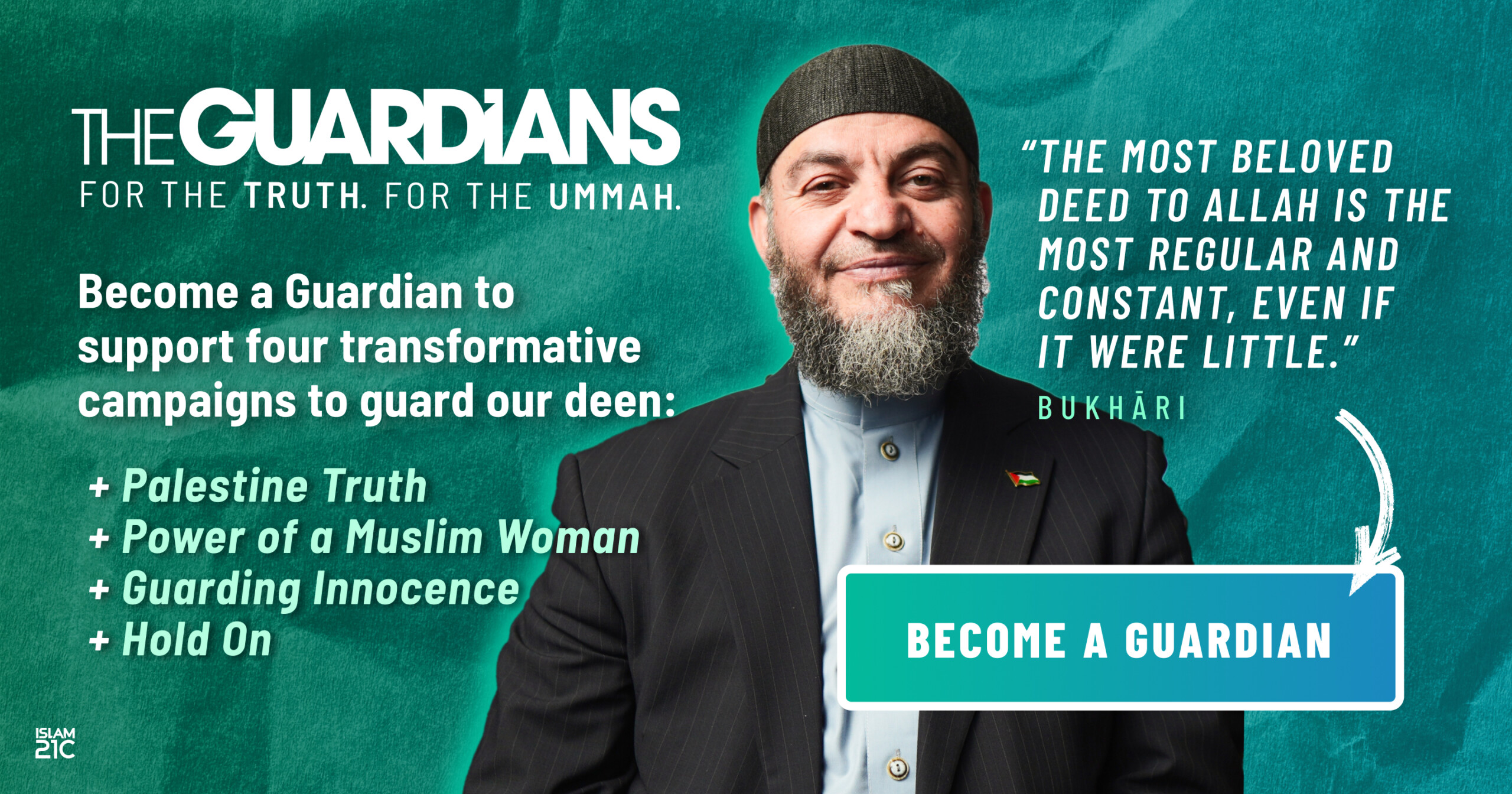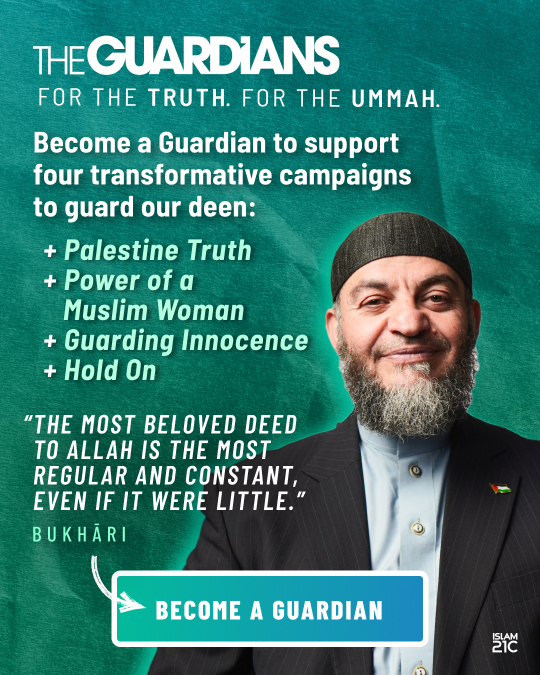The Spectacle of Suffering & Learning to Empathise
The image of Aylan Kurdi, of a forlorn three year old boy alone on a beach, flat down on his face as sea water lapped over and around him, appeared to wake the conscience of millions. We were confronted with ourselves, our weakness spoke through our tears and the isolation we saw in him drew us together in communal huddles. We felt. And in feeling we felt ourselves too, we felt for a moment what it meant to be human, to be small and weak, but our humanity extended beyond the exterior. We also looked within and humanity and empathy coalesced. By empathising we humanised our own existence since the boy we saw could have been one of ours, it could have been us in a metaphoric and symbolic sense lying face down, alone and ‘washed ashore’. In humanising Aylan we came to learn that being empathetic is being human.
Although so many millions have been affected by the conflict in Syria, a crisis that has claimed the lives of hundreds of thousands of people and seen over 4 million refugees and 11 million displaced, it was an image that struck a nerve, that spoke metonymically of a greater human suffering, and so our indifference, hardened by the years of this conflict was challenged. We stood in our mental landscape where Sa’īd b. ‘Āmir (raḍī Allāhu ‘anhu) stood as he watched the execution of Khubayb b. ‘Adī (raḍī Allāhu ‘anhu) (Ibn Kathīr, al-Bidāya wa al-nihāya 4/55). Prone to fits and fainting so many years later, he showed that ‘witnessing’ a human suffering can take its toll on a conscience. Although for Sa´īd b. ‘Āmir it was his later embracing of Islām and loyalty to its truth that mentally transformed what was initially torture and an execution into a sadistic killing of a fellow Muslim whose unswerving love for the Prophet (sall Allāhu ‘alayhi wa sallam) impressed even his enemies, the recounting of the horrors of the spectacle moved him. The mental image of pain, of tears, of shrieks, of a stripping away of human dignity as swords and spears cut through Khubayb’s body left its unsightly mark on his conscience. In Paul Laurence Dunbar’s poem, The Haunted Oak, it is the Oaktree, upon which African Americans were lynched that writhes in pain. The personified tree – an active, intimate spectator – is unable to withstand the memory of the horrors it witnessed: “I feel the rope against my bark/And the weight of him in my grain/I feel in the throe of his final woe/The touch of my own last pain.” We, like the Oaktree, feel the merging of self and other identities through modes of empathy and critical self-reflection, examined through tragedy. The ‘weight’, ‘feel’ and ‘touch’ the Oaktree experiences are the burdens we confront from the Aylans of our world.
Though it was the photograph of the boy that ‘spoke’ to us, Sontag (2003) noted that photographs cannot be understood by one common ‘language’. Like other media, images of suffering require ‘acts of translation necessary to mobilize compassion instead of indifference, witnessing rather than consuming, and critical engagement rather than aesthetic appreciation or crude repudiation.’[1] There are no definitive denotations to photographs; instead each exists within a complex of shifting mediations. Lacquer (1989) identifies how humanitarian narratives of the eighteenth and nineteenth centuries relied “on the personal body, not only as the focus of pain but also as the common bond between those who suffer and those who would help.”[2] The image of the suffering body has long been used by reform movements in shaping our perceptions of poverty and reporting violent conflicts. Liam Kennedy in his article on ‘Photography and Human Rights’ draws on the way photographers, since the early twentieth century, utilised photographs to challenge injustices and petition for change. Lewis Hine took over 200 photographs between 1904 and 1909 and it was through these photographs that he sought to reveal the devastating conditions of industrial and agricultural workers. A focal point in his photographs was the difficulties faced by child labourers among cotton mill children. The plight of children in disaster zones has long been a focus area to raise consciousness and petition for change. Photographs detailing the visual horrors of the Holocaust by Margaret Bourke-White at Buchenwald and George Rodger at Belsen came to represent a ‘bearing witness’ as a visual response to human rights violations and one that brought out the ethical function of the photographic image. Empathic disconnect was, and still is, a major inhibition to compassionate outlooks in the face of suffering. The seminal analyses of Theodor Adorno and Henry Giroux following the events of the Holocaust and the abuse of prisoners at Abu Ghraib are focused primarily on understanding how absence of empathy with the other is a major factor to abuse, violation of rights and even murder of that other.
In the catalogue of lynching of Black men and women in North America in the 19th and 20th centuries, what were initially discrete events, hidden from public view became in time, with the rise of cinematography and ‘image-making’, public and publicised events. The 1909 execution of Will Mack in Brandon, Mississippi was attended by up a crowd of more than 3,000 people. They arrived on trains and buggies while vendors sold soda pop, ice cream, peanuts and watermelon. The sobriety of the occasion for Blacks was grotesquely juxtaposed with the collective indifference of attendees. Pre-lynching and post-lynching pictures of victims sought to create a twisted pictorial narrative – dread and fear was altogether fulfilled with humiliation in death. 6,000 people attended the execution of Charles Johnston in Swainsboro, Georgia in 1893, an event which hosted shows as side attractions. Such lynchings and executions resemble modern theatrical entertainment, events of thrilling amusement. Nowadays the smartphone has allowed multitudes to attend, create and publicise similar events of public abuse, humiliation and death. While ‘smartphones’ have become commonplace in all continents, the ease of communication is coupled with the difficulty of ethical choices the use of the phone brings. Instantly, we are photographers and also witnesses, photographers and potential bystanders. Bullying and street violence find their immediate ways onto social media sites in which the hedonistic mind-set of observers, guilty participants, who shout and cheer in gladiator-like settings is altogether ‘entertaining’. Countless bullying incidents are recorded on smartphones and uploaded within seconds. Since little effort is made to disclose the identities neither of perpetrators nor of bystanders the element of ‘entertainment’ is what is projected.
Only a few years ago Auschwitz survivor Stephane Hessel (d. 2013) authored his final book, Time for Outrage, before his death at the age of 95. His book, which he intended to be a lasting testament for the next generation, concludes with an impassioned plea to break free from the clutches of consumer driven lifestyles, which ‘offer nothing but mass consumption as a prospect for our youth, general amnesia and the outrageous competition of all against all.’ The ‘general amnesia’ of which he wrote is connected in our world saliently and seductively to spectatorship. If we fail to respond when we ‘witness’ then we become spectators seated in our global arena waiting for the next show of human misery. We forego what is inherently good and decent in ourselves in place of a moment of mental image-making. The Prophet (sall Allāhu ‘alayhi wa sallam) taught us the importance of social responsibility in relation to our role as witnesses, “Whoever sees an evil then let him change it with his hand, and whoever cannot then let him change it with his tongue, and whoever cannot then let him at least hate it within his heart – and that is the weakest of faith.”[3] What made the throngs gather to witness the killing of Khubayb was, for some, ‘the fun of it all’. Whistling and jeering at the sight of the enfeebled generates within spectators a comfort and security from their being distant and detached. Consider the tragedy of Ota Benga. Housed at the Bronx Zoo, New York, in 1906, at times with an orangutan in the Primate House, Ota became the spectacle par excellence for a population that relished in ‘seeing’ their attraction. He was locked behind bars in a cage to be stared at, and people would laugh, though he could not fully understand that the people were laughing not with him but at him. The swarms that gathered to catch a glimpse of the pigmy boy are the same throngs that gather around a bullied schoolchild, their smartphones poised in the hands of a dumb people. Dumbed by a collective beseeching of entertainment in cruelty and dumbed by a wanton indifference; they not only witness, but their photography calls on others to witness too, their works of art culturalise the video landscaping of cruelty as they come to star in their own movies.
The image of Aylan, then, became the symbol of a refugee crisis. Though thousands of others had drowned and though the influx of refugees long predated the death of Aylan the image nonetheless carried a symbolic code. It reflected simultaneously what could happen, what does happen and what should not happen, and so the moral fabric of our consciousness was tugged, searching for meaning. The power of images to reawaken, to ‘speak’ metonymically and to replace longstanding statistical analyses and hard facts has long existed. We need to know details but we also need to learn to infer meanings from what we see. In 1955 the killing of Emmett Till, a young African American boy on holiday from Chicago to Mississippi, came to change the scope and outlook of the Civil Rights Movement. Though countless blacks had been killed in the early decades of the twentieth century, lynched or beaten to death, the killing of Emmett became an icon of white racism and brutality, galvanising the support of both blacks and whites. When his mutilated body was discovered in the Tallahatchie River the police were eager that it remained sealed. Such a prospect was quickly rejected by his mother Maya Till who wanted to ‘see’ her son. Further, against police and state advice, she chose to have his funeral service in an open casket so others could also ‘see’. ‘This is what you did to my son. I want the world to see what you did’, she said. It was the sight of the disfigured Emmett lying in his coffin that brought home the truths of racism. Since that time there have been numerous examples illustrating the power of images. The picture of Kim Phuc running naked, her back skinned by American napalm; Kevin Carter’s photograph of a Sudanese girl crouched down as a vulture sits beside her waiting for the girl to die in her exhaustion, and Aylan Kurdi lying flat on the beach, speak of an injustice that could happen, did happen but should not have happened. Our alarm can become outrage if we learn to keep the moral agency within us alive and not succumb to a state of amnesia and indifference, waiting for the next iconic image to briefly unsettle us. Let our moral compassion today become a moral consistency for the length of our remaining days.
[donationbanner]
Source: www.islam21c.com
Notes:
Originally posted 10th December 2015
[1] Henry A. Giroux, ‘What Might Education Mean After Abu Ghraib: Revisiting Adorno’s Politics of Education’ – http://www.henryagiroux.com/online_articles/giroux.pdf
[2] Thomas Laqueur, ‘Bodies, Details and the Humanitarian Narrative,’ in The New Cultural History, ed. Lynn Hunt, p. 177. (176-204.)
[3] Saḥīḥ Muslim










Assalmaulaiakam
Please can you stop showing us images of Ayan, and other horrendous incidents (as in your email). There is no need for it. The child has died, we not need to be spectators to his lifeless corpse. We know what we need to do without being forced to endure these images. What of his family- would they appreciate this picture being repeatedly shown?
“for Sa´īd b. ‘Āmir it was his later embracing of Islām and loyalty to its truth that mentally transformed what was initially torture and an execution into a sadistic killing”
Yet as governor of Homs he would have imposed torture and execution in the guise of just punishment on many people. As a good muslim he would have looked forward to watching those who sinned and did not repent in time being tortured for ever in the afterlife. The same “moral agency” that inspires outrage turns the same act from bad to good and vice-versa. Say a picture depicts muslims being unjustly tortured and it inspires outrage and violence. Show the same picture as an example of unbelievers receiving their just desserts and the good muslim feels moral superiority and satisfaction.
And this, ladies and gentlemen, is how you carefully build up an argument based on a series of false assumptions, hoping the spectacular vividness of the conclusion diverts attention away from the multiple “would have”s. Some Trolls have apparently upgraded from copying and pasting simple lies to slightly more sophisticated, multi-layered fallacies based on them.
Dear me, Rich, are you saying Sa´īd b. ‘Āmir did not impose sharia punishments as governor of Homs? Are you saying he did not feel eager to watch the eternal torture imposed on sinners in the afterlife? Or do you have a certain queasiness about some of the things muslims are supposed to approve of?
@Rich
Imagine what sad lives they must lead?! To spend your precious time, just trolling, seriously?! It’s really rather sad…..
What sad lives who must lead, muslima? What about sad and painful deaths?
Perhaps you can answer the questions Rich can’t: what is the difference between torture and an execution and a sadistic killing? Is it any more acceptablr done by muslims under the guise of sharia than by nonmuslims as revenge?